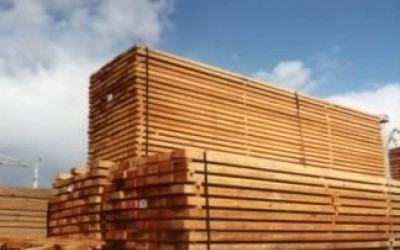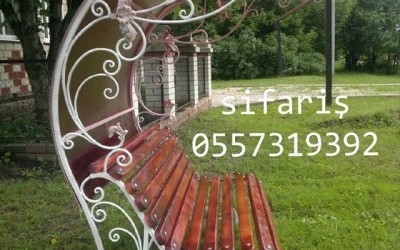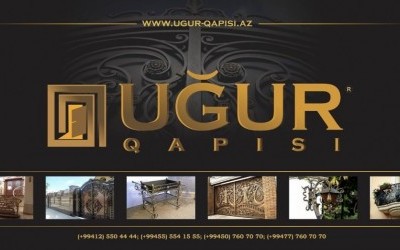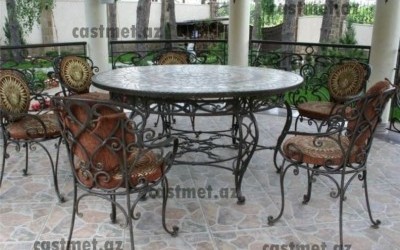Manufacturing structures from forged metal
Manufacturing structures from forged metal is the art of creating sturdy and aesthetically appealing metal elements and constructions that can be used in various fields, including architecture, interior design, and landscape architecture. Here are several key aspects of this process:
-
Design and Consultation: The process begins with a consultation with the client to discuss requirements, preferences, and goals for the future forged metal construction. Factors such as style, dimensions, shape, functionality, and design are considered.
-
Material Selection: Choosing the appropriate metal is crucial. Typically, steel, iron, or other alloys are used, providing strength and corrosion resistance.
-
Metal Processing: Metal is processed using various techniques, including forging, bending, welding, and other methods. This allows for creating the desired shapes and embellishing the metal&single_quot;s surface.
-
Assembly and Installation: Components of the metal structure are assembled and mounted on the installation site. This may include creating fences, gates, railings, furniture, and other elements.
-
Finishing and Coatings: Metal structures can be finished with special coatings to protect against corrosion and enhance durability. They can also be adorned, for example, by applying patterns or paint.
-
Decorative Elements: Forged metal constructions can be adorned with additional decorative elements such as curved components, cast details, or forged patterns.
-
Technical Support: After installation, it&single_quot;s essential to provide technical support and maintenance to maintain the quality and longevity of the structures.
Manufacturing structures from forged metal offers the opportunity to create beautiful and functional elements that can be used to embellish buildings, homes, gardens, and other objects. Forged metal elements possess a unique aesthetic and bring artistic elements to the surrounding space.






